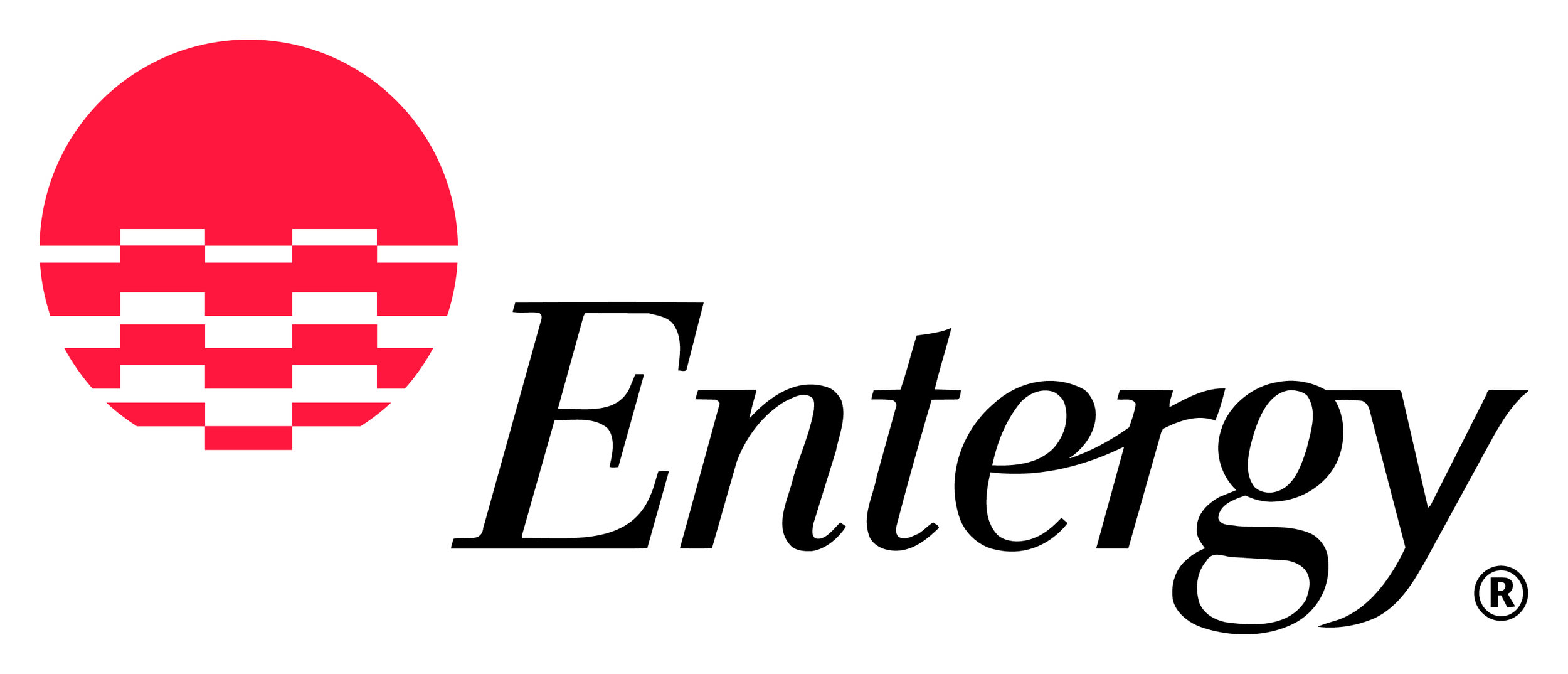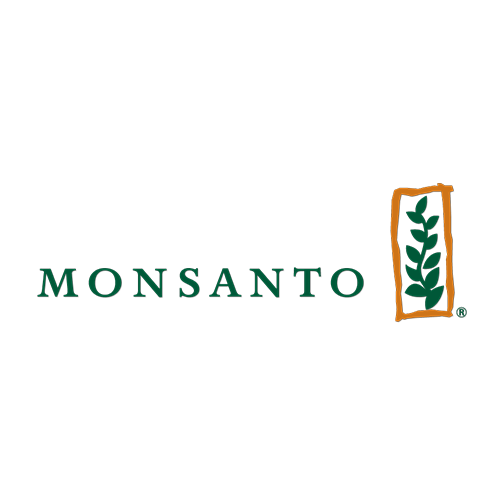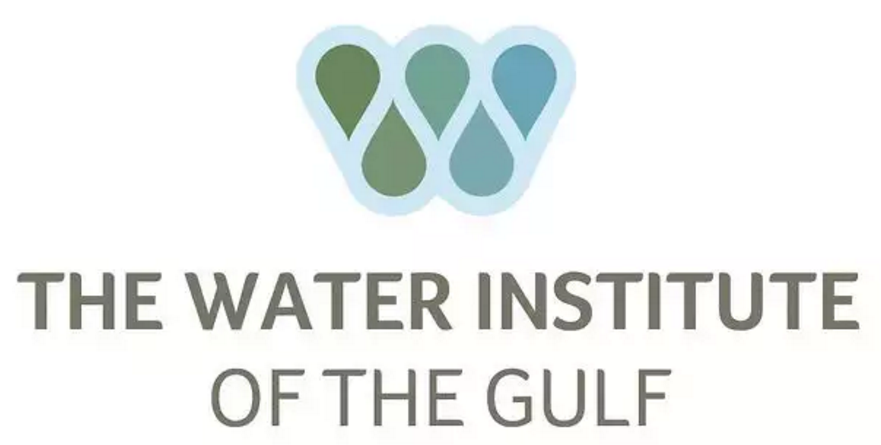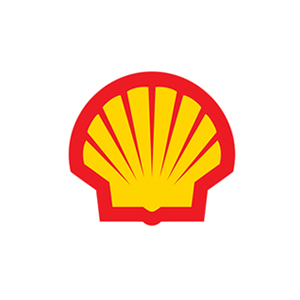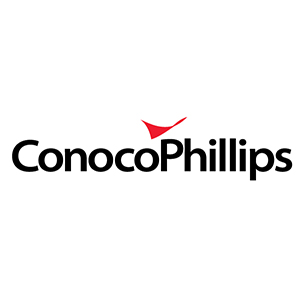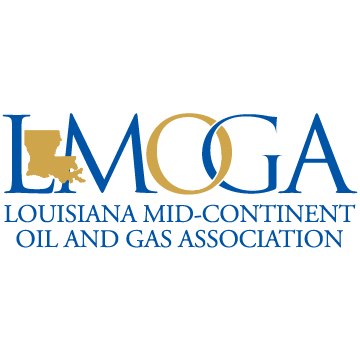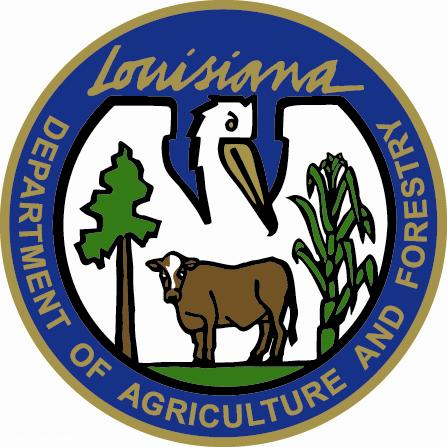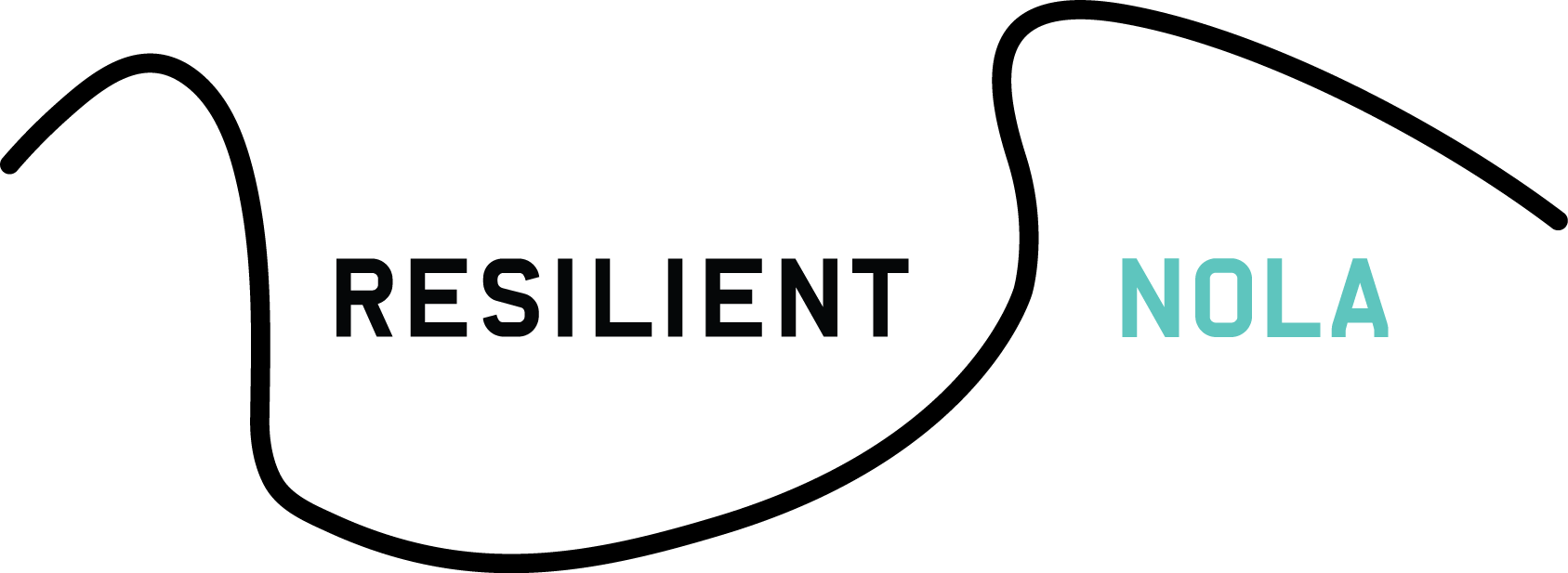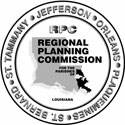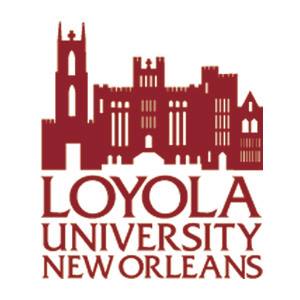Overview
For more than five years the US BCSD has been working with 20+ diverse companies in the lower Mississippi River Basin to address a range of water supply, water quality, storm water and coastal resiliency risks. Several members are working with a number of Louisiana state agencies to develop a framework and guidance towards the design of a Water Quality Trading framework to address water quality concerns. Others have explored new options for wetlands restoration through changes in water management. Projects and policy recommendations have emerged that have been greeted with high interest by state and local agencies, academia, and NGOs.
This multi-sector collaboration demonstrates that there is considerable regional interest in using the speed and efficiency of market-based institutions to seek out ways of converting water-related challenges into economic opportunities, and to develop a collective capacity for conserving watershed-based ecosystems that provide value to private and public-sector stakeholders.
The US BCSD uses structured work processes to provide a “safe” zone among companies to build trust and business relationships needed for information sharing that leads to the inventive thinking and action necessary to achieve these goals.
Project Goals
Achieve tangible water synergy benefits for participating companies and the communities where they operate.
Link the efforts of the private sector with that underway in the public sector.
Establish a long-term water collaboration plan for this region.
Develop a replicable work process that can be applied in other watersheds/ regions.
Path to Scale
Idea (2012): adapt the US BCSD's regional work process, proven effective on materials reuse projects, to address local water issues in water-stressed regions.
Action (Current): four years in, participating companies in southern Louisiana are continuing to work together to identify and implement actionable projects and opportunities. Examples are outlined below.
Scale: replicate the project in multiple regions across the US, deploy the coastal zone resiliency financing initiative, and share our results world-wide for international adoption.
“I think the Water Synergy Project was and is a great idea. All that I can say is that the sky is the limit as to where it can go and is up to the team to determine. The best thing about the project is the diverse group of stakeholders at all levels that it brought together. We have industry, agriculture, and regulatory representatives sitting at the same table, working together to develop innovative solutions to complex issues. I would be glad to discuss the Water Synergy Project with people from other regions.” Eric Hillman, EHS Specialist, BASF
Louisiana Water Synergy Project Participants:
Financial Supporters, Partners, Collaborators and Stakeholders include:
Project Results
Based on participant feedback, one of the most important values this project delivers is that it brings business leaders from multiple industries together with government, academic, and NGO leaders to discuss challenges, develop solutions, and take action on regional water sustainability issues. That was not happening before this project. Because of this success, US BCSD is identifying other watersheds where this type of project can be replicated.
The project is receiving increased recognition as an effective and scalable business solution for watershed stewardship. Yale University has featured the project in the Yale Global Natural Capital MBA course, highlighting how participation is supporting Coca-Cola’s corporate commitment to sustainable water use for their operations. Because of this success, the US BCSD is identifying other watersheds where this type of project can be replicated. The following projects demonstrate the types of collaborative work underway in the project and expected outcomes.
Coastal Zone Resiliency Financing Initiative
The Water Synergy Project has identified challenges around the availability of funding, especially for capital investments in natural or hybrid (green-gray) infrastructure that can scale up coastal restoration efforts. A wide variety of infrastructure projects, such as marsh vegetative planting, breakwaters, sediment diversions, and others, are proposed to support coastal zone protection and restoration. These projects can create multiple benefits for multiple beneficiaries that may make projects extremely valuable. However, the benefits are not easily collected, quantified, and monetized in a way, or with the relevant metrics, that are essential to either public or private funders. Real projects and focused attention on applicable investment mechanisms are needed to bridge this gap.
Water Quality/Ecosystem Service Trading Program
In 2017, project participants partnered with environmental, agricultural, and coastal protection agencies to design a framework and develop guidance for a Water Quality Trading Program for Louisiana. Building on a revised statute passed in June 2017, the effort will facilitate trades between industrial and municipal point sources with agricultural and other types of non-point sources. This program will demonstrate that voluntary, market-based solutions can successfully improve water quality in Louisiana, the Mississippi River, and ultimately the Gulf of Mexico at a lower cost and more efficiently than traditional regulatory approaches.
Louisiana Coastal Zone Game
With funding support from ConocoPhillips and Entergy, the University of Virginia Center for Leadership Simulation and Gaming has built a multi-player simulation game of the Louisiana Gulf Coast to engage and educate stakeholders about coastal resilience challenges and solutions. The game focuses on environmental issues and impacts but includes a broader range of social economic consequences. It offers a proven approach to simulating constructive conversations around critical issues and collaborative solutions.
Other Efforts
Other projects have included developing a database that companies can use to support their Clean Water Act section 316b permit requirements. Another project was development of an inventory of industrial nutrient discharges in the region was compiled to allow regulators to fully understand the actual contribution from industry relative to other types of sources. The format of the Water Synergy Project provides a platform for members to share information on their own specific efforts to raise awareness and encourage other members to participate. For example, the Entergy-Tierra Resources wetland restoration project and the Lake Pontchartrain Foundation derelict crab trap recovery project are often highlighted, resulting in participation by others.













